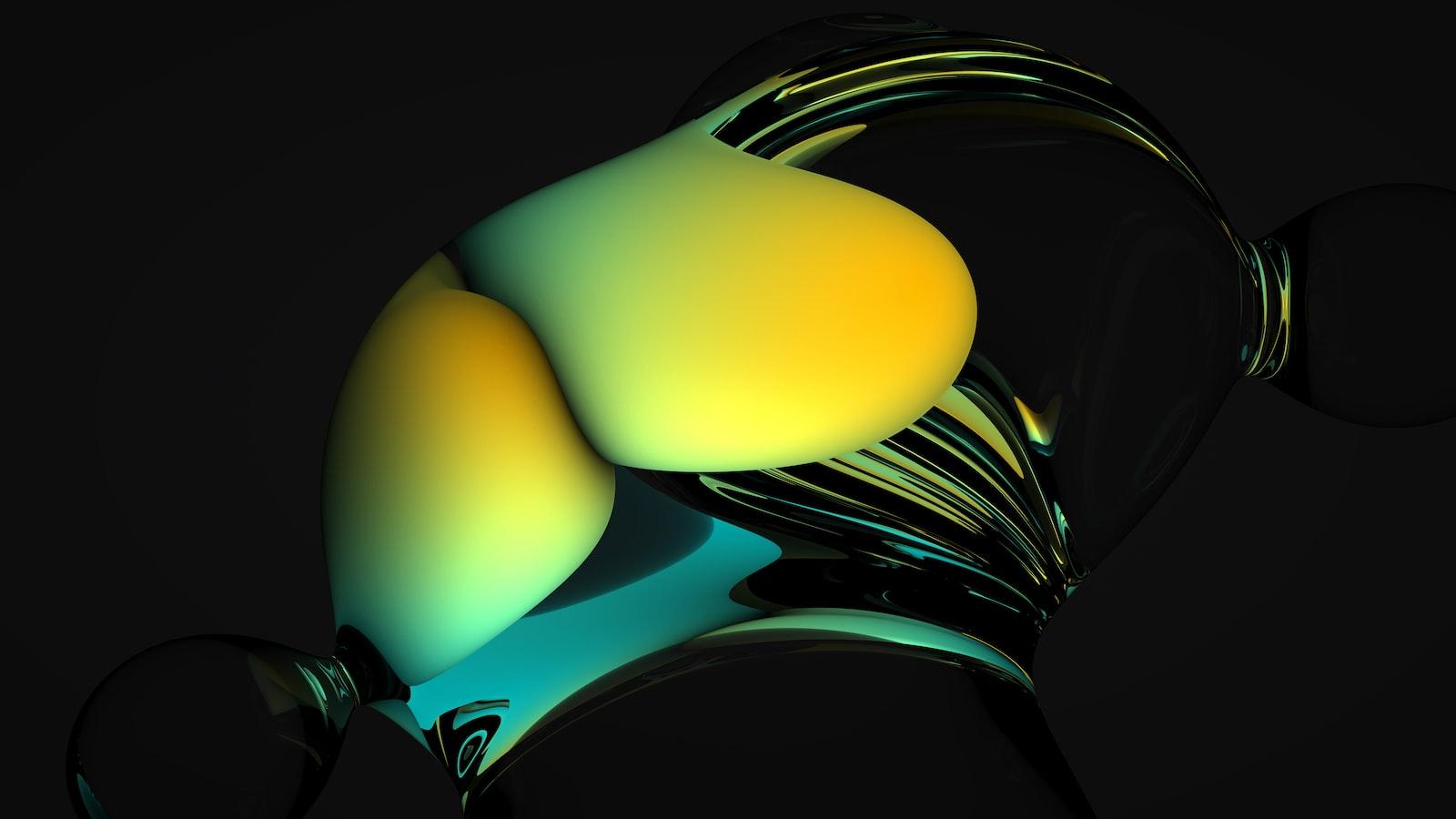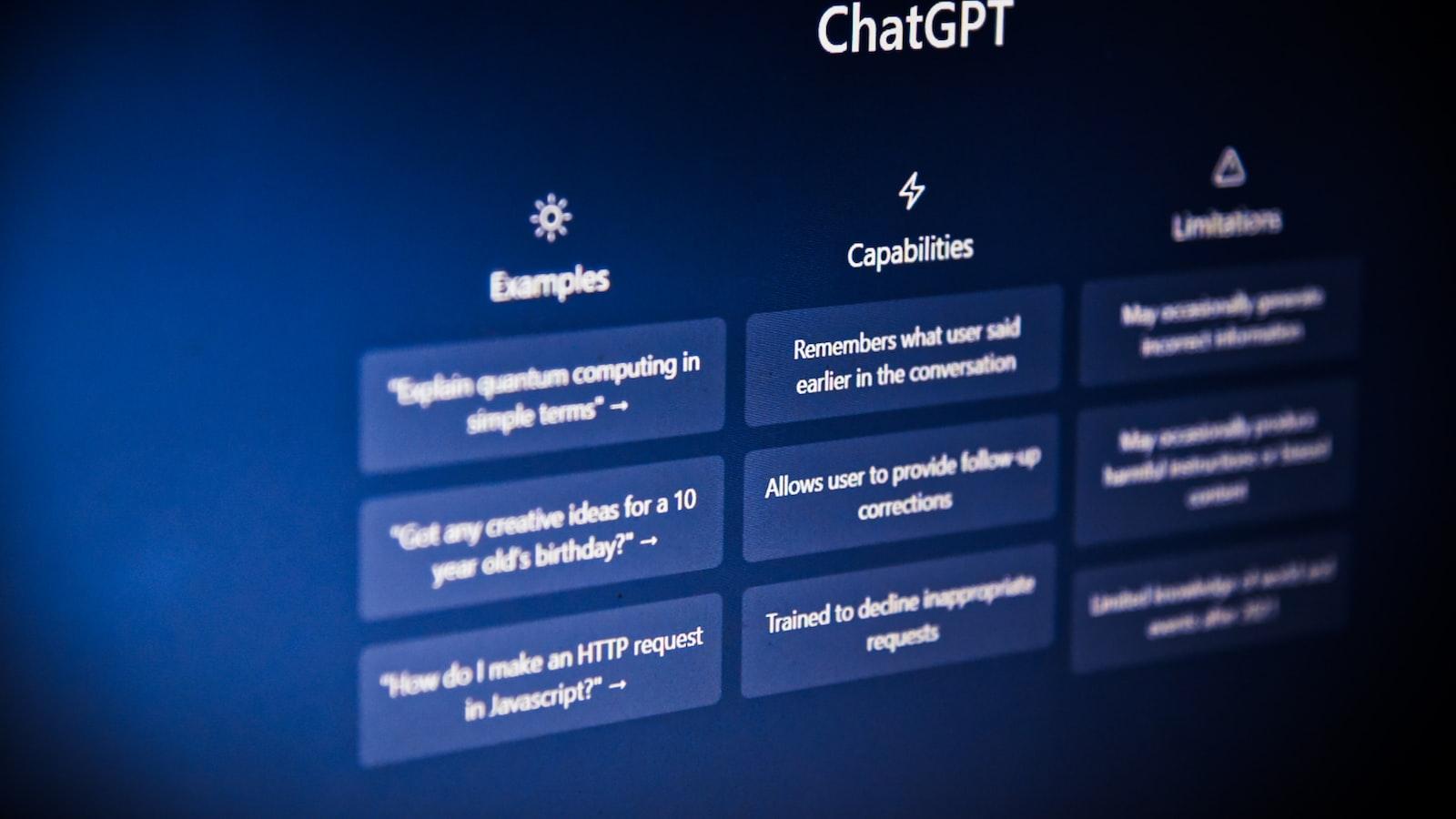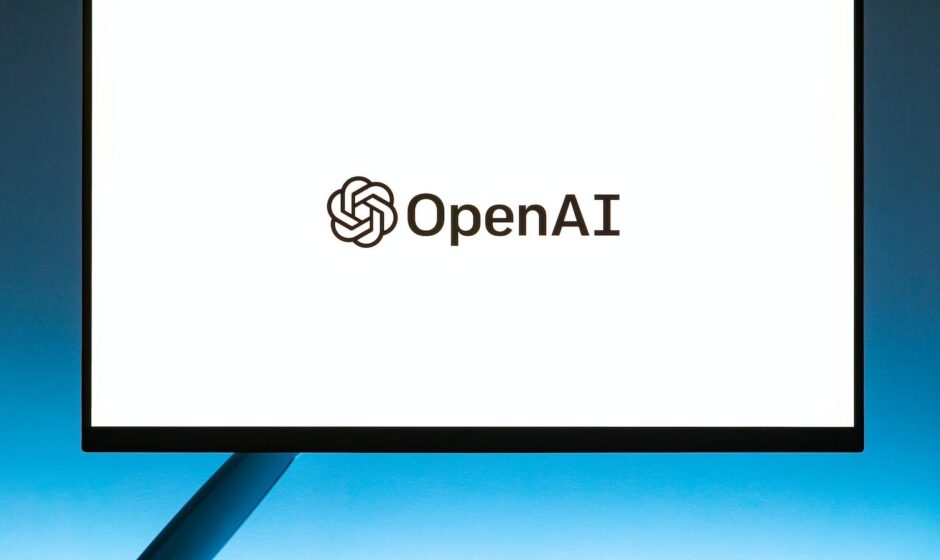In the bustling world of newsrooms, teeming with dedicated reporters clacking away at keyboards and chasing down leads, an enigmatic storm was brewing. Unbeknownst to the noble gatherers of truth, an obscure agreement was unfolding in the shadows, leaving them in a state of bewildered enchantment. OpenAI, the mighty harbinger of artificial intelligence, had covertly forged a deal, shrouded in secrecy, to harness the profound power of their very own journalistic compositions. Ignorance permeated the minds of these fearless storytellers, as the astonishing revelation caused ripples across the realm of journalism. In this perplexing tale, we venture into the remarkable realm where reporters had “no idea” that their stories had become pawns in this extraordinary game of AI chess. JOIN us on an immersive journey as we unravel the clandestine saga that forever altered the course of journalistic tradition.
Lack of Transparency: Journalists Left in the Dark about OpenAI’s Deal
Within the last week, a wave of frustration has washed over the journalism community as news broke that OpenAI, the leading artificial intelligence research laboratory, struck a deal to use journalists’ stories without their knowledge or consent. Reporters from various reputable media outlets were taken aback, feeling blindsided by this lack of transparency from an organization that prides itself on ethical principles. The revelation has left journalists wondering how their work is being utilized, raising concerns about intellectual property rights and the influence of AI on the future of news dissemination.
<p>According to multiple sources, OpenAI's undisclosed partnership involves utilizing an AI platform to generate news articles. This platform extensively used journalists' stories as part of its training dataset, mimicking their writing style and inclinations. Shockingly, when questioned about this arrangement, many journalists were left puzzled, expressing that they had "no idea" their work was being utilized by OpenAI. This lack of clarity and communication has sparked debates on the responsibilities of AI entities when it comes to respecting journalists' contributions and ensuring proper attribution.</p>
Implications for Journalism Ethics and Standards
OpenAI, the artificial intelligence research lab, recently struck a deal with news agencies that has left journalists across the industry shocked. Dubbed as “Journalists Had ‘No Idea’ About OpenAI’s Deal to Use Their Stories,” this revelation has sparked a significant discussion regarding journalism ethics and standards.
Here are some of the implications this collaboration raises:
- Loss of control over content: Journalists are concerned about the potential loss of control they have over their stories. By allowing OpenAI to use their stories, they worry that their work could be manipulated or misrepresented, compromising their credibility.
- Impact on journalistic independence: The collaboration between news agencies and AI labs like OpenAI raises questions about the independence of journalists. As AI systems become more sophisticated, journalists fear that their stories might be influenced or biased by algorithms, jeopardizing the principles of objective reporting.
These implications highlight the need for a robust discussion within the journalism community about the ethical considerations of such partnerships. Maintaining the integrity and trust of journalism in the digital age is crucial, and journalists must actively participate in shaping the future of their profession to ensure ethical standards are upheld.

Recommendations for Enhancing Transparency in AI Partnerships
Transparency is a key aspect of any partnership involving Artificial Intelligence (AI). A recent revelation that journalists were unaware of OpenAI’s deal to use their stories has raised important questions about the need for greater openness and accountability in AI partnerships. To address this issue and ensure ethical collaboration, here are some recommendations:
- Clear Communications: AI organizations should provide comprehensive information and guidelines to their partners, ensuring complete transparency from the start. This includes detailing the purpose, scope, and limitations of the AI system, as well as any potential use of partner’s content.
- Consent and Collaboration: Consent must be sought from all parties involved, ensuring that journalists and content creators are fully aware of how their work will be utilized. Collaboration should be encouraged, allowing journalists and AI partners to work together on shaping the final outcome and ensuring accuracy.
- Public Disclosures: Both AI organizations and partner media outlets should be committed to public disclosure of any partnerships. This includes openly acknowledging collaborations, sharing information about the specific AI technologies used, and outlining the benefits achieved through these collaborations.
| Challenge | Recommendation |
|---|---|
| Ensuring Consent | Obtain explicit consent from journalists and content creators before utilizing their work. |
| Informing Scope | Provide clear details about the intended purpose and limitations of the AI system to partner organizations. |
| Collaboration | Encourage collaboration between journalists and AI partners to enhance accuracy and accountability. |
By implementing these recommendations, AI partnerships can greatly enhance transparency, foster trust, and promote responsible use of AI technologies. Openness and accountability should be at the core of every AI partnership to ensure a mutually beneficial and ethical collaboration.

Collaborative Efforts: Nurturing Trust between OpenAI and Journalism Community
In a surprising turn of events, it has come to light that journalists were completely unaware of OpenAI’s recent deal to utilize their stories. This revelation has sparked concerns within the journalism community and highlighted the importance of nurturing trust and transparency between OpenAI and journalists.
Efforts are now being made to address the issue and establish a collaborative relationship that respects the work of journalists while ensuring OpenAI’s mission of responsible AI. Here’s a glimpse into the steps being taken to bridge this gap:
- Engaging in open dialogue: OpenAI is actively seeking feedback from journalists, hosting workshops, and participating in discussions to understand their concerns and expectations. This open dialogue will foster mutual understanding and help shape the future collaboration.
- Transparency in technology development: OpenAI aims to be more transparent about their AI models, their limitations, and the potential influence on content creation. By sharing technical details and collaborating with the journalism community, they hope to establish a foundation of trust and cohesiveness.
By nurturing trust and fostering strong collaboration, OpenAI and journalists can work together to navigate the evolving landscape of AI-based content generation, ensuring responsible and ethical practices while safeguarding the integrity of journalism.
In the vast landscape of journalism, where stories unfold and headlines capture our attention, a peculiar tale has emerged, unraveling the intricate relationship between humanity and artificial intelligence. Hidden in the shadows, OpenAI, the famed artificial intelligence research laboratory, quietly embarked on a groundbreaking endeavor that left journalists far and wide breathless with surprise. Their stories, their words, unwittingly used by machines beyond their wildest imagination.
As pens scribbled furiously and deadlines loomed, journalists, the chroniclers of truth, diligently weaved narratives, revealing tales that would shape our understanding of the world. Little did they know, as they pored over sources and interviewed subjects, that their words would serve a grander purpose—one of training AI models to better comprehend the power of storytelling.
The enigmatic deal between OpenAI and the publishers remained veiled in secrecy, escaped the prying eyes of those who had dedicated their lives to unveiling secrets and shedding light on the unknown. With each line penned, with every word molded with care, a tapestry was woven, unknowingly training the foundations of artificial intelligence with the myriad nuances of human expression.
Journalists, so accustomed to ferreting out the hidden truths, had now become the protagonists in a story they were left oblivious to. Their words, their stories, their very essence, distilled into data sets that would ignite the minds of machines. OpenAI, in their quest to push the boundaries of what is possible, had harnessed the collective wisdom of the journalistic community, the unwitting accomplices in this newfound revolution.
For some, the revelation came as a shock. The notion that their words could be harnessed and dissected by machines, used to build a future that seemed both alien and extraordinary, ignited a spectrum of emotions. Questions arose, swirling within their minds: What does it mean to be a journalist when the line between humans and machines blurs? How do we reconcile our need for transparency with the vast potential of AI?
In the aftermath, an ethereal silence settles, as journalists grapple with this dichotomy. OpenAI’s deal, unbeknownst to them, has irrevocably altered their perspective on the power of the written word and the symbiotic relationship between human and machine. It is within this paradox that journalists must strive to redefine their role in a world where their stories are both shield and ally to machines yet to fully comprehend the breadth of human experiences.
As ink dries on this chapter, a new era dawns—a call for journalists to embrace the unknown, to delve unreservedly into the depths of artificial intelligence, to champion transparency, while forging a future where machines augment, rather than replace, the essence of humanity. The journey ahead will be marked by collaboration and adaptation, as storytellers stand at the precipice of a realm where the lines between creator and creation blur. And so, they venture forth, pen in hand, embracing both the thrill and trepidation that lies in the wake of this unforeseen encounter.


